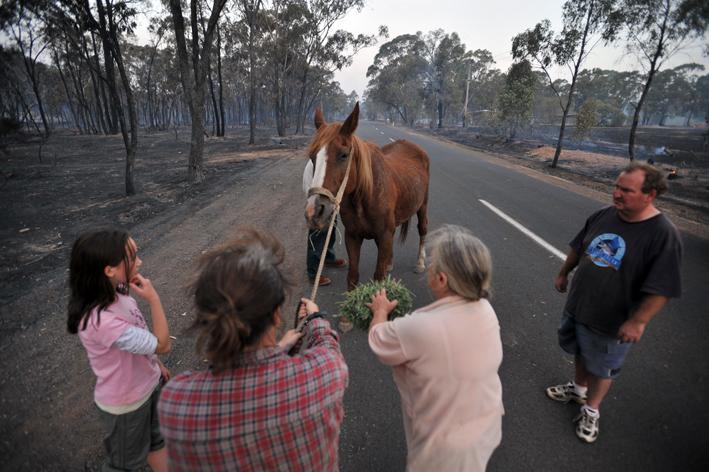
PUBLICATIONS
Published works

Attachment, bushfire preparedness, planning, and response among animal guardians: A South Australian case study
| Title | Attachment, bushfire preparedness, planning, and response among animal guardians: A South Australian case study |
| Publication Type | Journal Article |
| Year of Publication | 2018 |
| Authors | O'Dwyer, DLisel, Thompson, K |
| Journal | PLOS |
| Date Published | 08/2018 |
| Abstract | Abstract Background: Animal ownership has been identified as a risk factor for human survivability of natural disasters. Animal guardians have been reported to react or act in ways that may put their own safety and that of emergency services personnel at risk when faced with a natural disaster. Recent research has suggested that this risk factor could be reconfigured as a protective factor, whereby desires to save animals from natural disaster harm could motivate increased planning and preparedness behaviours amongst animal guardians. However, there has been no research to determine if bushfire planning and response behaviours differ between pet owners with low and high attachment; and how the relationship may differ in relation to small or large animals. Methods and procedure: We investigated the relationship between people’s emotional attachment to different types of pets and their preparation and actions during the Pinery bushfire in South Australia in November 2015. Thirty-four people who were impacted by the fire participated in an online survey. Data were collected about their preparedness, planning and response behaviours as well as their animal attachment (high or low). Results: We identified 10 characteristics (behaviours, attributes, skills and beliefs) associated with high animal attachment scores, and eight associated with low animal attachment scores. Discussion: Our discussion of the differences in demographics, preparedness, planning and response characteristics of participants with high and low animal attachment confirms research suggesting that animal guardians take risks to save their animals during disasters. Our findings also support recent propositions that animal attachment and ownership could be used to increase the natural disaster preparedness and survivability of animal guardians. However, making sure that animal attachment functions as a protective factor requires active and effective intervention through education, behaviour change and social marketing strategies. Whilst our study is high in ecological validity, future research with larger samples sizes is required to determine the generalisability of our findings to animal owners and guardians in other locations, facing fires with other characteristics, especially for owners and guardians with low levels of attachment. |
| URL | http://currents.plos.org/disasters/article/bushfire-preparedness-planning-and-response-among-animal-guardians-a-south-australian-case-study/ |
| Refereed Designation | Refereed |
Published Works


